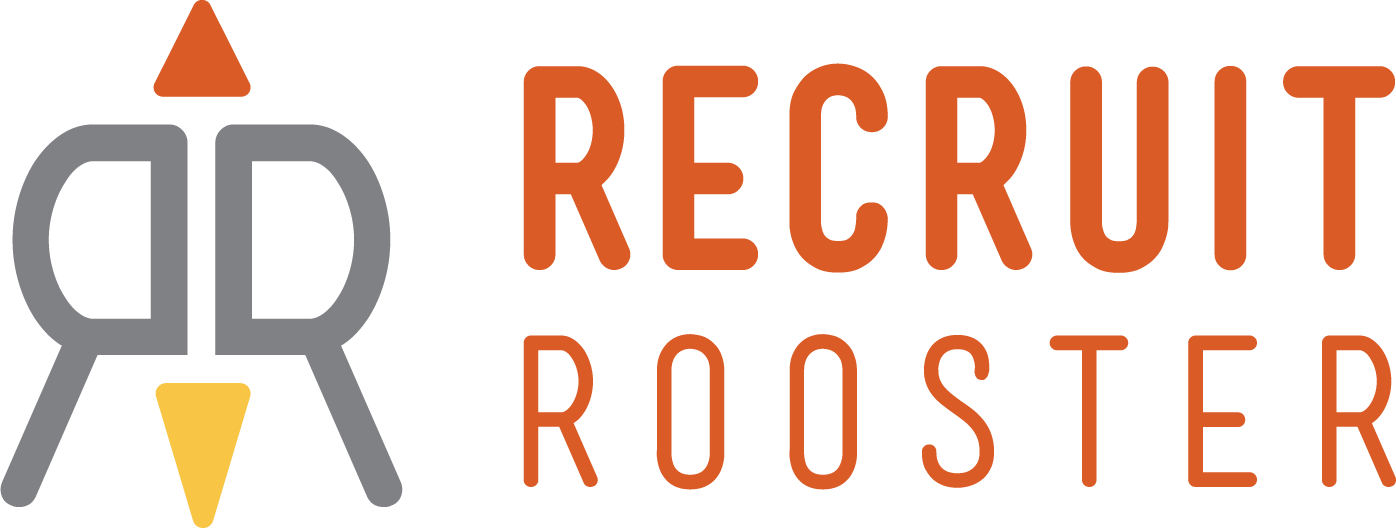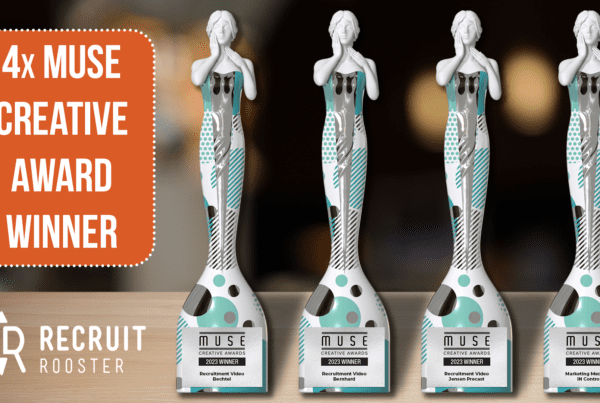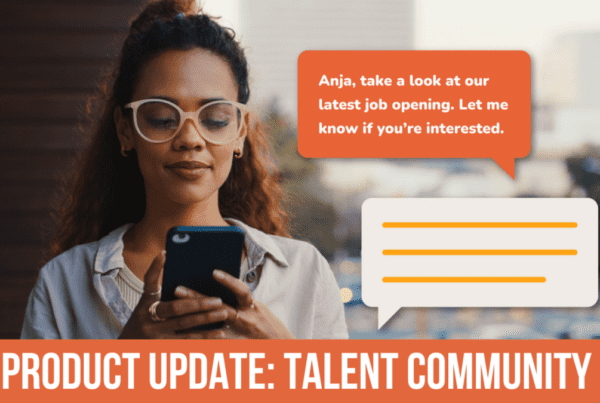The National Federation of the Blind reports that more than 70 percent of approximately 4 million working-age adults with visual impairments are unemployed.
With the digital recruitment landscape evolving, it is imperative to create an inclusive, accessible and compliant career site experience for individuals with sight impairments and various disabilities to access and apply for open positions, ultimately engaging and hiring these sought-after candidates.
[/et_pb_text][et_pb_image src=”https://recruitrooster.com/wp-content/uploads/2019/08/stat-1.png” _builder_version=”3.26.6″][/et_pb_image][et_pb_text _builder_version=”3.26.6″]According to ADA regulations3, it is acceptable for an organization with an inaccessible website to provide an alternative method of accommodating people with disabilities, just as long as this alternative delivers an equal level of service.
How exactly is an equal level service defined? Additionally, what is the cost of doing nothing?
To answer this, we must first understand that an accessible website strives to ensure that there are no barriers preventing users from having equal access to the website’s information and functionality. Sites that are designed with accessibility in mind will be compatible with assistive technology, like screen readers, and will allow those users to continue the online navigation process with functions like enabled audio, color contrast, and closed captions.
Keep in mind that when creating an online recruitment experience, there are four consequences to consider:
1. It has roots in law: Legislation like the Americans with Disabilities Act (ADA), the Rehabilitation Act and human rights codes all make it clear that it is illegal to discriminate against people with disabilities, and that they must have equal access to any services provided by government, businesses, and other organizations.
2. It’s a right: The United Nations’ Convention on the Rights of Persons with Disabilities2,signed by 160 countries, recognizes the obligation to “promote access for persons with disabilities to new information and communications technologies and systems, including the internet.”
3. It DOES have legal consequences: The plaintiffs filed 4,965 federal ADA Title III lawsuits during the first six months of 2018 compared to 7,663 for all of 2017. The number of website accessibility lawsuits filed in federal court under Title III of the ADA exploded in 2018 to at least 2,258 – increasing by 177% from 814 such lawsuits in 2017.
4. It benefits businesses: In the United States alone, not only are there over 56 million people with disabilities, but they also have billions of dollars in purchasing power. If people with disabilities can’t use your website, they will quickly turn to the website of a competitor.
So, what does this mean for your career site? Watch the full webinar, “Making Your Career Site Accessible”, by Recruit Rooster Account Executive Ruth Toombs, to learn how to craft an online experience that is both compliant and accessible.
[/et_pb_text][/et_pb_column][/et_pb_row][/et_pb_section][et_pb_section fb_built=”1″ _builder_version=”3.22″][et_pb_row _builder_version=”3.26.6″][et_pb_column type=”4_4″ _builder_version=”3.26.6″][et_pb_video src=”https://vimeo.com/340450347″ _builder_version=”3.26.6″][/et_pb_video][/et_pb_column][/et_pb_row][/et_pb_section]



